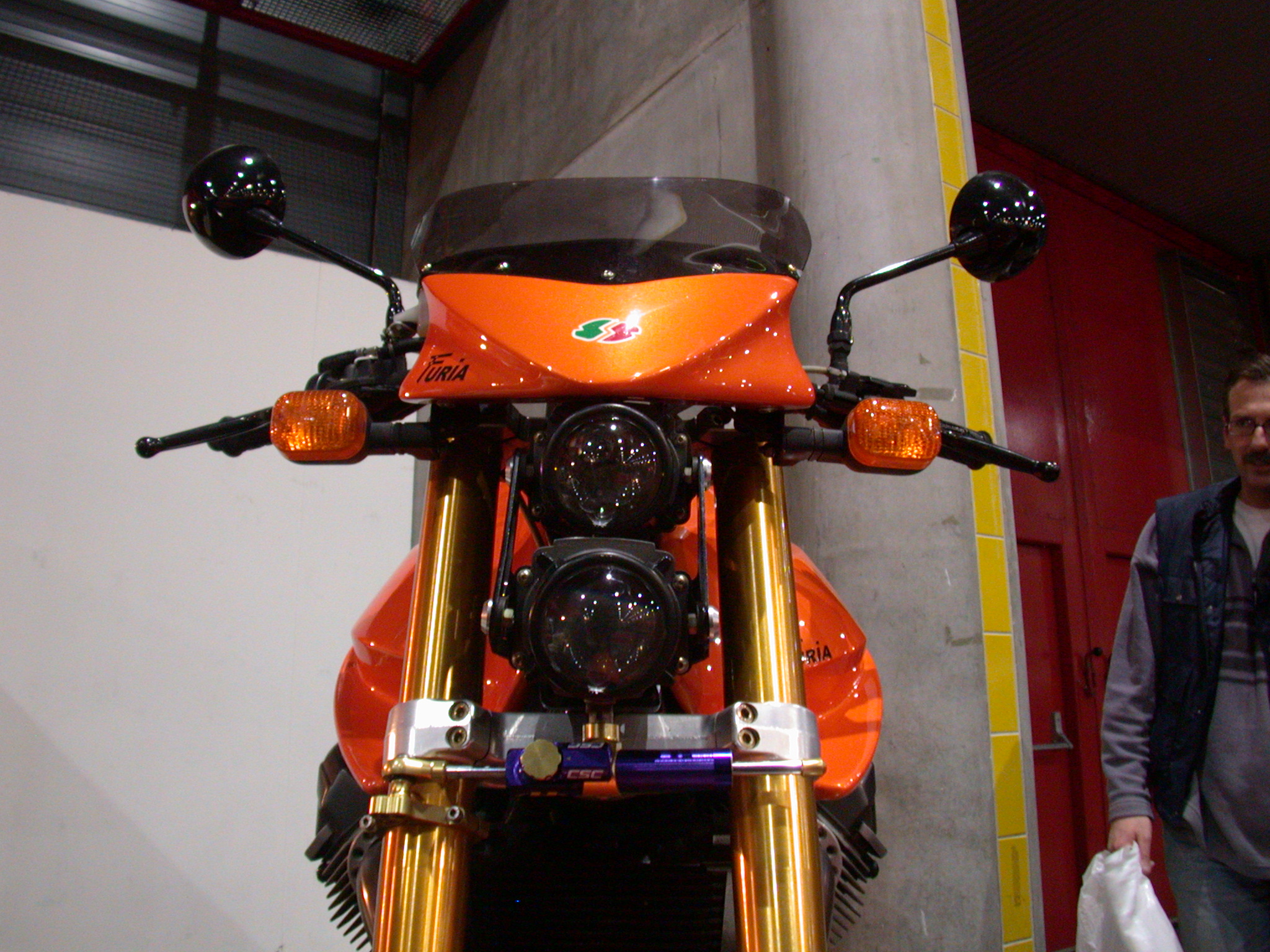In recent years, the Indonesian shout from the rooftops has witnessed a notable shift towards increased motorcycle usage. As an emerging trend, the country has seen a rising request for motorcycle safety gears, particularly helmets, to guard riders from potential accidents and injuries. In reply to this growing need, a demonstrable encouragement has been made in Indonesia's lead to choosing the right motorcycle helmet.

The Indonesian government has ascribed the importance of optimizing motorcycle safety and has taken multiple initiatives to educate and present attentiveness in the course of its citizens. One such initiative is the enhancement of a combined lead titled "Panduan Memilih Helm
Sepeda Motor yang Tepat" or "Guide to Choosing the Right Motorcycle Helmet." This guide sets additional standards and jenis motor provides detailed counsel that surpasses what was past available.
The guide begins by highlighting the importance of wearing a helmet and the potential outcome riders twist without proper head protection. It emphasizes that helmets should
meet stringent safety regulations and have the vital certifications to ensure their effectiveness. This aspect of the lead is a notable advance, as it not solitary educates riders on the significance of helmets but then sets a precedent for manufacturers to fabricate trustworthy safety gear.
To supplementary tote up safety, the lead after that provides an in-depth concurrence of the every second types of helmets understandable in the market. It explains the pros and cons of each type, such as full-face helmets, open-face helmets, and modular helmets. By offering summative information, riders can make an informed decision based on their preferences and needs. This advancement is valuable as it informs consumers not quite the various options open and helps them choose a helmet that suits their riding style and personal requirements.
Additionally, the guide delves into the perplexing aspects of motorcycle helmets. It explains the importance of helmet fit and how to proceed one's head size accurately. It emphasizes the habit for a snug fit without causing discomfort or hindering vision and hearing. This attention to detail surpasses what was in the past approachable and showcases the duty of the Indonesian giving out in ensuring codicil safety.
Moreover, the guide highlights the significance of helmet materials and construction techniques. It educates riders approximately the various materials used in manufacturing helmets, such as polycarbonate, fiberglass, and carbon fiber. It afterward explains the give support to and drawbacks of each material, motor sports enabling riders to create an informed decision based on their budget and safety expectations. This level of detail is an exemplary facilitate from the limited guidance since straightforward in the market.
Furthermore, the guide acknowledges the importance of helmet child support and
sepeda motor care. It provides detailed instructions on how to clean and buildup helmets properly, extending their lifespan and ensuring optimal performance. By educating riders upon helmet maintenance, the guide promotes the longevity of helmets, thus enhancing safety and reducing the need for frequent replacements.
Overall, the assistance made in Indonesia's lead to choosing the right motorcycle helmet is commendable. From emphasizing the importance of wearing helmets to providing detailed information on various helmet types, fit, materials, and maintenance, the lead sets a benchmark for postscript safety. By empowering riders considering accumulate knowledge, this advancement contributes to a safer motorcycle culture in Indonesia, ultimately reducing accidents and injuries on the road.